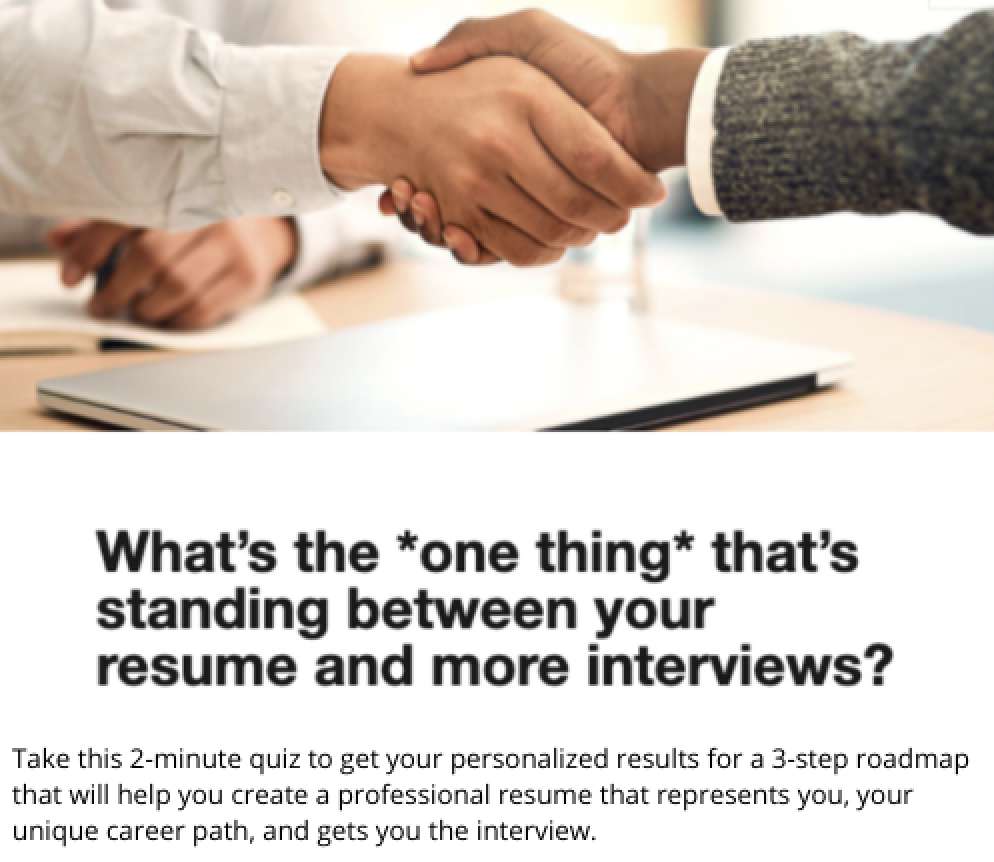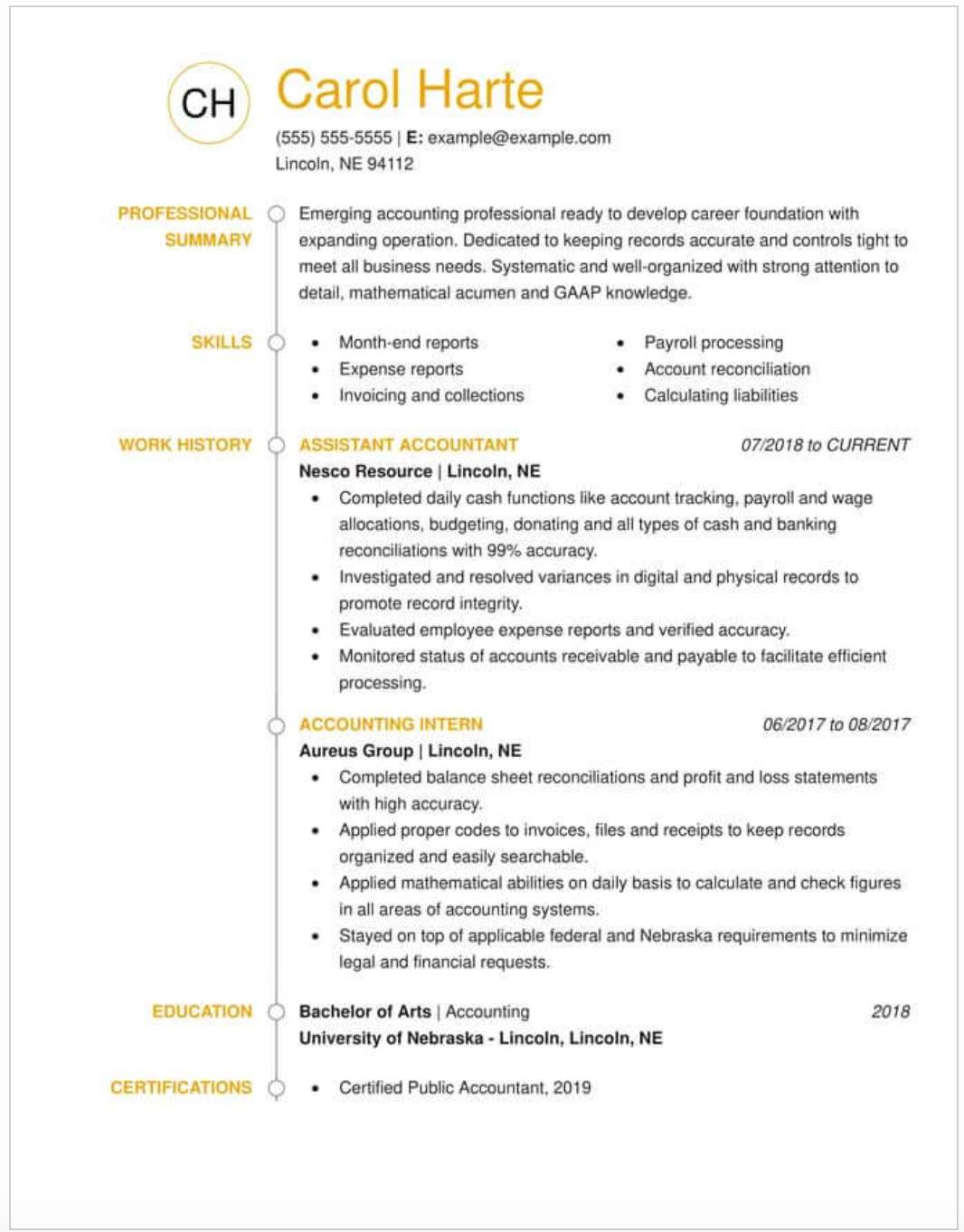If you want to change careers and need resume help, start with TopResume to get a free resume review.
People change jobs all the time. In fact, the Bureau of Labor Statistics (BLS) estimates that the average person occupies 12 different jobs throughout their career.
However, it’s harder to say how many career changes the typical person makes during their lifetime. This is because not every career change is a stark transition. Many people flow from one occupation to another, gradually gaining skills and experience along the way.
But whether you’re making a big leap or embarking on a slow evolution, changing careers is tricky. You need to be able to show hiring managers that your transferable skills make you an ideal candidate for their open jobs in your new field–even if your work experience doesn’t exactly line up with other candidates.
The secret to making a good impression is to perfect a career change resume. Here’s how to do it.
If you need help with your resume now, use an affordable resume writing service. ZipRecruiter is free for job seekers (if you’re looking) and you can upload your resume to their resume database so that recruiters and employers can find you.

5 Steps To Updating Your Resume For A Career Change
Here are the top tips that we recommend to update your resume for a career change.
Step 1: Choose The Best Resume Format
Because you want to highlight your skills and accomplishments, you’re going to want to use a combination resume format, also referred to as a hybrid format. Emphasizing your skills and accomplishments is especially important because you won’t have related work experience.
This isn’t to say that you won’t include your previous work experience even though it was for a different career. It’s important that whoever is reviewing your resume knows that you were doing something as opposed to nothing. Also, you never know: they may welcome fresh perspectives and more diverse backgrounds into their company.
Case in point: An environmental company hiring someone who comes from energy, or vice versa.
If you need help formatting your resume, our team recently compiled a guide to the best free resume builders.
Step 2: Choose Your Statement
Recruiters spend about seven seconds reviewing a resume before deciding whether to contact the candidate or move on to the next. To make those seconds count, you need to get your most valuable skills and abilities right up front, at the top of the page.
The best way to do this is with an objective or summary statement. Both provide the hiring manager with a view into your goals, skills, and qualifications. An objective is shorter–one or two lines at most–and focuses on your career goals.
Join The Break Community
A summary, in contrast, is a paragraph in length and focuses on what you can do for the employer. Most of the time, as a career changer, this will be the right choice for you. It’s a prime place to highlight your transferable skills.
For more information, our team has written an article on the difference between a summary statement and an objective.
Step 3: Identify Your Transferable Skills
This is the most important section of this article; the meat in the sandwich so to speak. It’s where you’re really going to have to think outside the box so you can give yourself a fighting chance to get called in for an interview.
Transferable skills may be soft skills, like communication skills, leadership, or teamwork, or hard skills, like programming, software programs, or languages. But the most important skills to feature on your resume are the ones the hiring manager prizes the most.
The good news is that if you’ve got a job description, you have a roadmap to which skills are most valuable to the employer. Analyze the job listing, looking for keywords related to the skills, abilities, qualifications, and experience required in the role. Then highlight these skills in your resume.
Step 4: Ask For Help
Sometimes, it pays to get another perspective.
If you have friends or colleagues in the industry you’re targeting, reach out to them for their feedback. They may be able to help you improve your resume or set up informational interviews with people in the field.
If you have the budget, you might also consider hiring a career coach, counselor, or resume-writing service.
Step 5: Don't Be Afraid To Start From Scratch
After reading all this, it’s entirely possible that you’re worrying that you don’t have enough relevant experience to land your dream career. If so, it’s time to make a plan to get some.
There are three specific ways to gain experience when you don’t have any as fast as possible:
- Complete a class or course around the new career at a community college
- Create a blog and engage with social media on the new subject
- Work in the new field for free (or at least close to free) via freelance gigs
If, when updating your resume for a career change, you feel a bit light, one, or a combination of any of these three activities are great ways to punch up your resume to make it more competitive against other candidates.
When you are searching for jobs after updating your resume, check out the best job posting sites. This will give you an inside look at where employers are listing jobs.
Combination/Hybrid Resume Adjusted For Career Change
Here is an example of a resume that has been adjusted for a career change.

Bottom Line
The key to writing a career change resume is to understand what you have to offer and present it in a way that’s persuasive to the hiring manager. This means highlighting your transferable skills, choosing the right resume format, and customizing your resume for the job listing.
Ready to take your resume out for a test drive? ZipRecruiter has local job listings for career changers like you.













